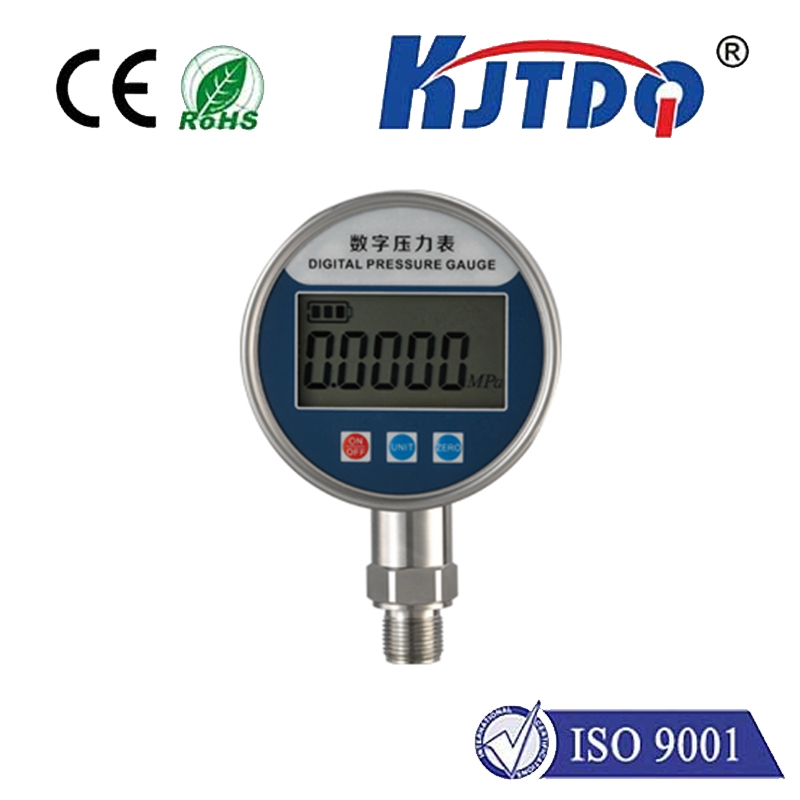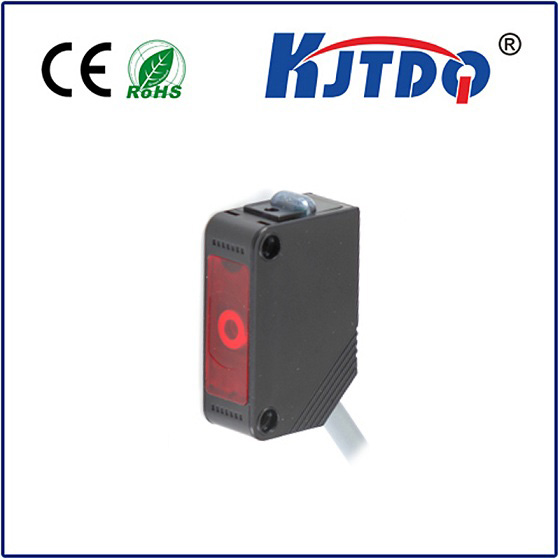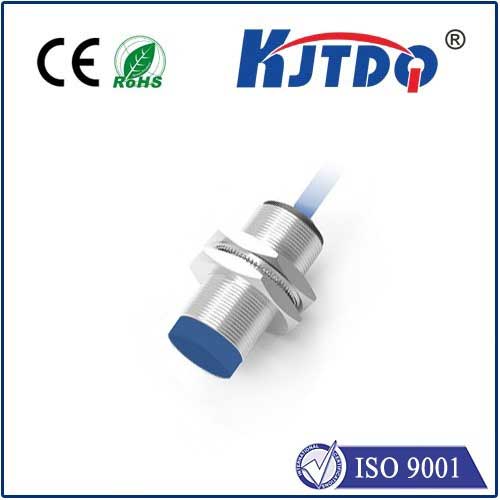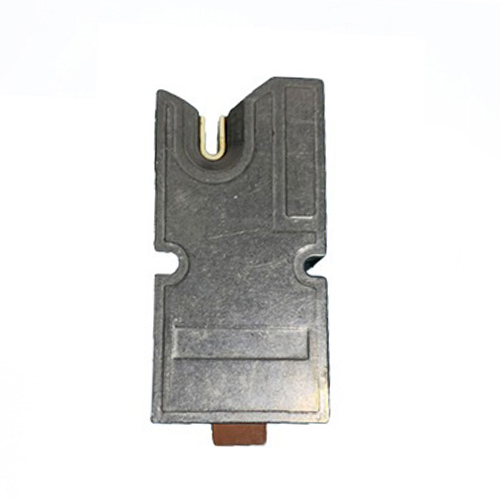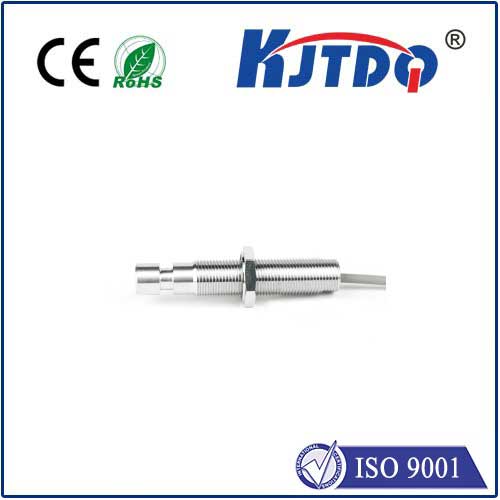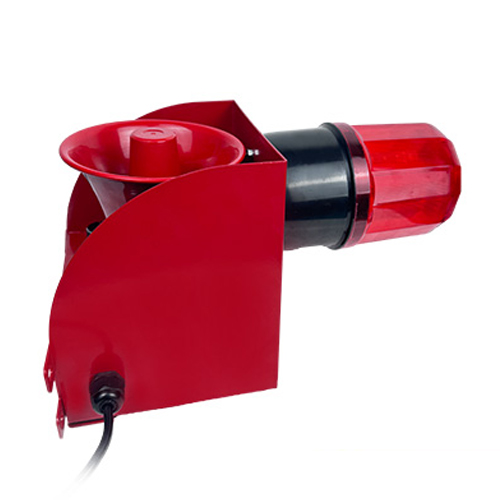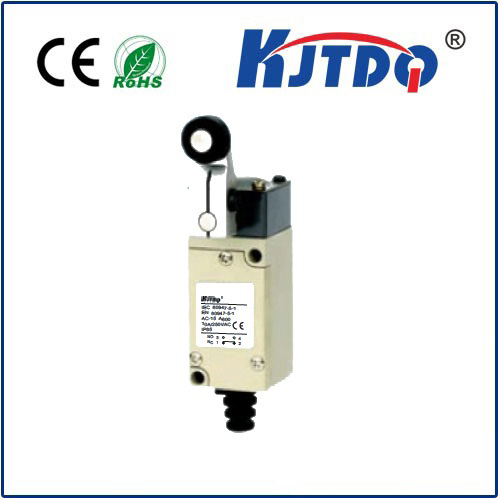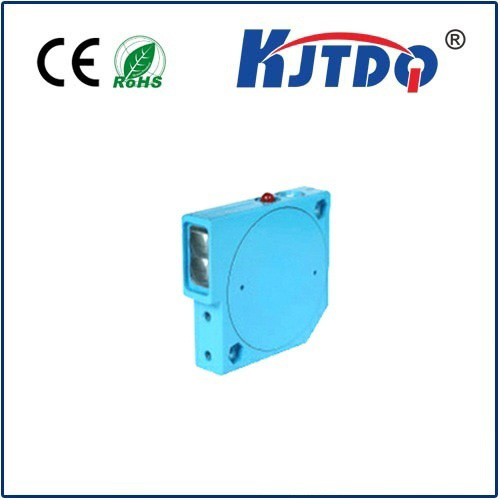Revolutionizing Industrial Applications with LiDAR Technology The industrial landscape is undergoing a transformative shift, driven by cutting-edge technologies that enhance efficiency, precision, and safety. Among these innovations, LiDAR (Light Detection and Ranging) has emerged as a game-changer, offering unparalleled capabilities in data capture and analysis. From manufacturing to logistics, LiDAR is reshaping how industries operate, paving the way for smarter, more sustainable solutions.
LiDAR is a remote sensing technology that uses laser pulses to measure distances and create detailed, three-dimensional representations of environments. By emitting laser beams and analyzing the reflected light, LiDAR systems can generate precise maps and models of objects, surfaces, and spaces. This technology is not new—it has been used in fields like geology and autonomous vehicles for years—but its industrial applications are now gaining significant traction.
Manufacturing and Quality Control In manufacturing, precision is paramount. LiDAR systems are being integrated into production lines to monitor equipment, inspect products, and ensure quality control. For example, LiDAR can detect microscopic defects in materials or components, reducing waste and improving product reliability. Its ability to operate in real-time makes it an invaluable tool for maintaining high standards in industrial processes.
Warehouse and Logistics Automation The logistics sector is leveraging LiDAR to optimize warehouse operations and streamline supply chains. Automated guided vehicles (AGVs) equipped with LiDAR sensors can navigate complex environments, avoiding obstacles and ensuring efficient material handling. Additionally, LiDAR is used for inventory management, enabling businesses to track stock levels and reduce operational costs.

Infrastructure and Construction In construction, LiDAR is revolutionizing site surveying and project planning. By creating detailed 3D models of terrain and structures, LiDAR helps engineers and architects make informed decisions, reducing errors and saving time. It is also used for monitoring the structural integrity of buildings and bridges, ensuring safety and longevity.
Energy and Utilities The energy sector is adopting LiDAR for tasks such as wind farm optimization and power line inspections. By analyzing wind patterns and terrain, LiDAR helps maximize the efficiency of renewable energy installations. Similarly, it is used to inspect power lines and pipelines, identifying potential issues before they escalate.
High Precision and Accuracy: LiDAR provides sub-millimeter accuracy, making it ideal for applications requiring meticulous detail.
Многогранный.: It can be used in various environments, from indoor facilities to outdoor terrains.
Non-Invasive: LiDAR operates without physical contact, minimizing the risk of damage to equipment or materials.
Scalability: It can be deployed across small-scale operations or large industrial complexes.
Despite its many benefits, LiDAR technology faces challenges such as high costs and the need for specialized expertise. However, advancements in hardware and software are driving down prices and making LiDAR more accessible. The integration of artificial intelligence (AI) and machine learning is also enhancing its capabilities, enabling predictive analytics and autonomous decision-making. Looking ahead, LiDAR is expected to play a pivotal role in the Industrial Internet of Things (IIoT), connecting devices and systems to create smarter, more interconnected industrial ecosystems. As industries continue to embrace digital transformation, LiDAR will undoubtedly remain at the forefront of innovation.
LiDAR technology is no longer confined to niche applications—it is becoming a cornerstone of modern industrial operations. Its ability to deliver high-precision data and real-time insights is transforming industries, driving efficiency, and unlocking new possibilities. As businesses strive to stay competitive in an increasingly digital world, LiDAR offers a powerful tool to navigate the challenges and opportunities of the future.

